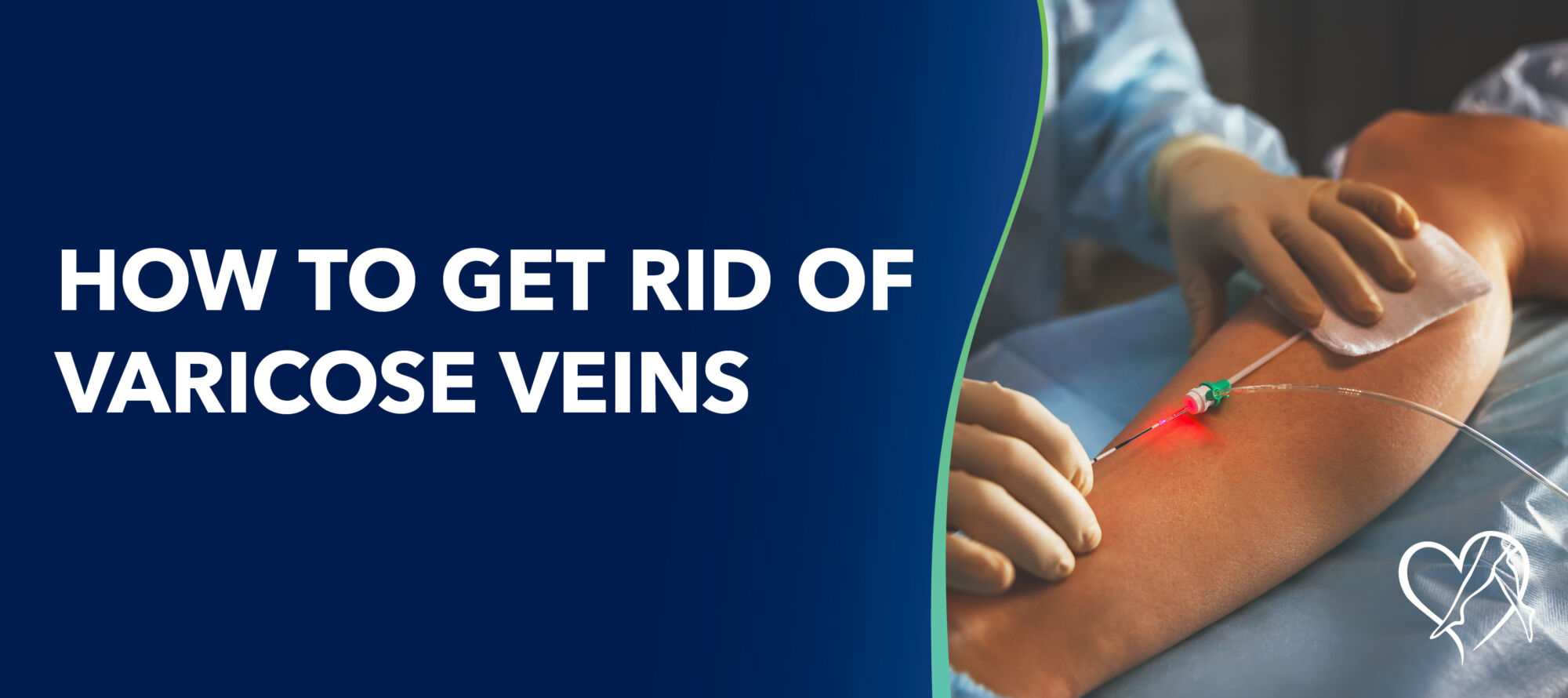

Mottled skin—those reddish, purplish, or web-like patches on your legs—might be more than just a harmless skin change. While sometimes triggered by cold or low blood pressure, it can also signal an underlying vein problem like chronic venous insufficiency (CVI). This blog breaks down what mottled skin means, who’s at risk, and when to seek help from a vein specialist.

If you have a leg sore that just won’t heal, it could be a venous ulcer—often a sign of underlying vein disease. This blog breaks down the fastest, most effective ways to treat and heal venous ulcers, including expert care, at-home strategies, and minimally invasive procedures. Learn when to see a vein specialist and how Center for Vein Restoration helps patients get back on their feet faster.

Center for Vein Restoration proudly announces the opening of its first Houston, Texas clinic, led by renowned vascular surgeon Dr. H. Andrew Hansen. A Texas native with over 40 years of surgical experience, Dr. Hansen brings a legacy of compassionate, patient-first care to the CVR team. His new clinic offers minimally invasive, outpatient vein treatments in a welcoming environment, backed by a commitment to excellent patient and provider communication. Welcome to the CVR family, Dr. Hansen!

For this article, we consulted with Anastasios Polimenakos, MD, MBA, FACS, FACC, lead vein physician at Center for Vein Restoration (CVR) vein clinic in Columbia, South Carolina. A member of the American College of Surgeons, Dr. Polimenakos is highly experienced in venous insufficiency. He clarifies the subtle difference between varices and varicose veins before discussing vein disease symptoms and treatment options.

Telemedicine at Center for Vein Restoration (CVR) brings expert vein care directly to patients—no travel required. This blog explores how virtual visits simplify follow-up appointments, compression stocking checks, and treatment planning, especially for those with busy schedules or limited mobility. With easy access via phone or video call and insurance-friendly options, CVR’s telemedicine program ensures high-quality, convenient care from the comfort of home.

Varicose veins aren’t usually life-threatening, but ignoring them can lead to serious complications like blood clots, leg ulcers, and even stroke or heart failure in severe cases. A major international study found that people with advanced varicose veins face significantly higher health risks, especially men and those over 65. Fortunately, fast, minimally invasive treatments are available at Center for Vein Restoration to restore vein health and improve quality of life.

Heavy, tired, or swollen legs may be a sign of chronic venous insufficiency (CVI), a progressive vein condition that affects circulation. This blog explains the causes, symptoms, and risk factors of CVI and highlights both conservative relief strategies and advanced, minimally invasive treatments offered by Center for Vein Restoration to improve mobility and quality of life.

Thomas Militano, MD, PhD, RPVI, discusses how yoga can help support healthy veins through improved circulation, muscle strength, and stress relief. Discover safe, practical ways to incorporate yoga into your professional vein treatment routine.